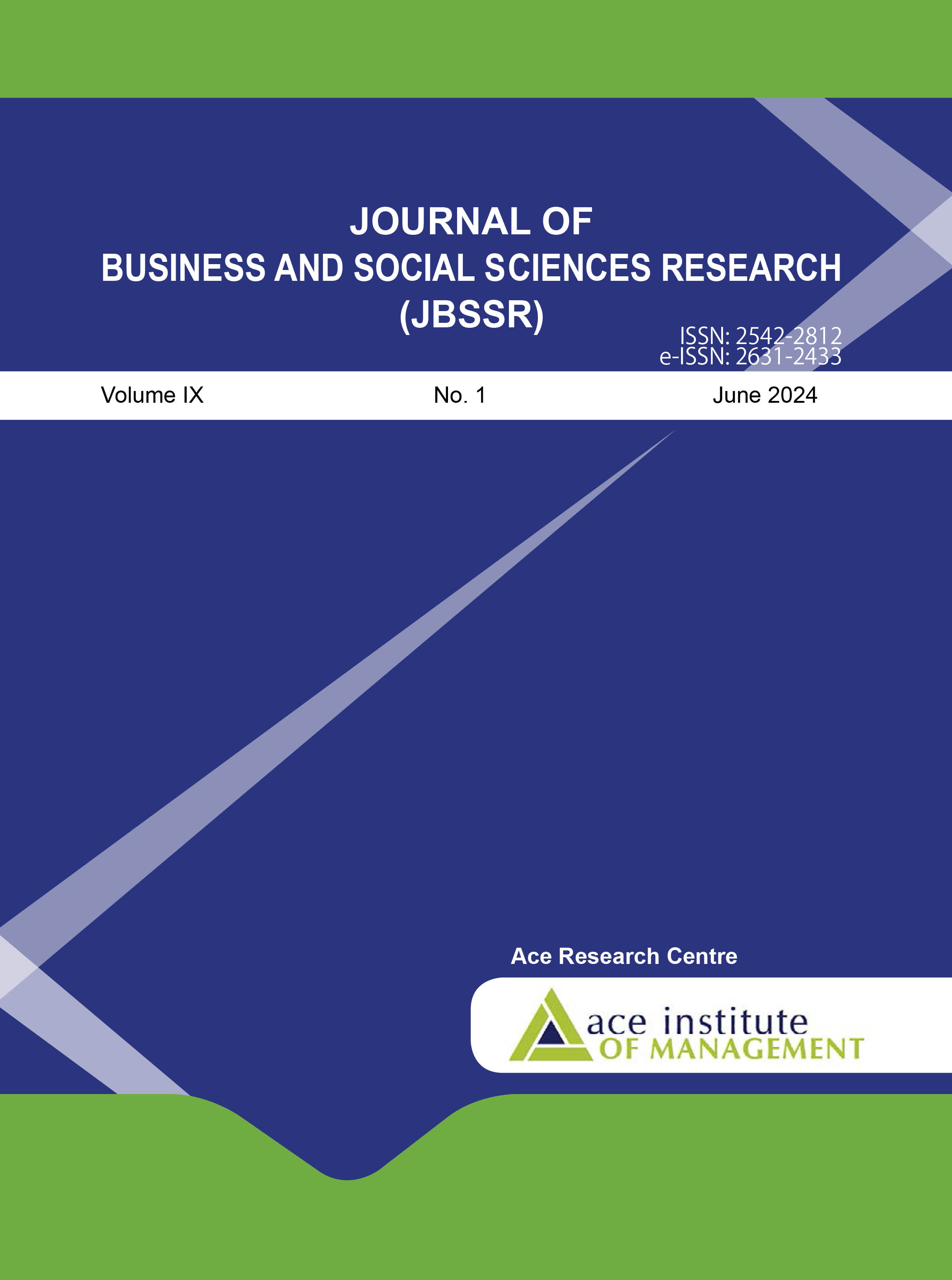Effect of Logo Change on Brand Attitude: A Case Study of Mahindra at Nepal Electricity Authority
DOI:
https://doi.org/10.3126/jbssr.v9i1.67993Keywords:
Brand attitude, corporate rebranding, logo appropriateness, Logo changeAbstract
Rebranding, mainly through logo changes, has gained traction in the automobile industry as a response to evolving customer preferences. However, the impact of such corporate actions on brand attitude remains a complex and underexplored area. This study delves into corporate rebranding nuances, focusing on logo change and its effects on consumer brand attitude. Drawing from a theoretical framework, the study hypothesised that logo appropriateness, familiarity, and attractiveness positively influenced brand attitude. This study employed a descriptive and explanatory research design, focusing on Mahindra drivers of the Nepal Electricity Authority (NEA) as the target population. Data were collected through a primary survey using a structured questionnaire, resulting
in 152 responses. The results, essential to brand managers and marketing professionals, revealed a positive influence of logo appropriateness and attractiveness on brand attitude. In contrast, logo familiarity did not significantly impact it. Overall, the findings underscore the importance of a well-designed logo that aligns with the brand's core values. Such a logo can significantly enhance consumer perceptions and foster positive relationships. Therefore, brand managers should prioritise logo design that resonates with their identity and values, particularly during rebranding efforts, to maintain a strong brand image among consumers.
Downloads
Downloads
Published
How to Cite
Issue
Section
License
© JBSSR/AIM
Authors are required to transfer their Copyright to the Journal of Business and Social Sciences Research.




